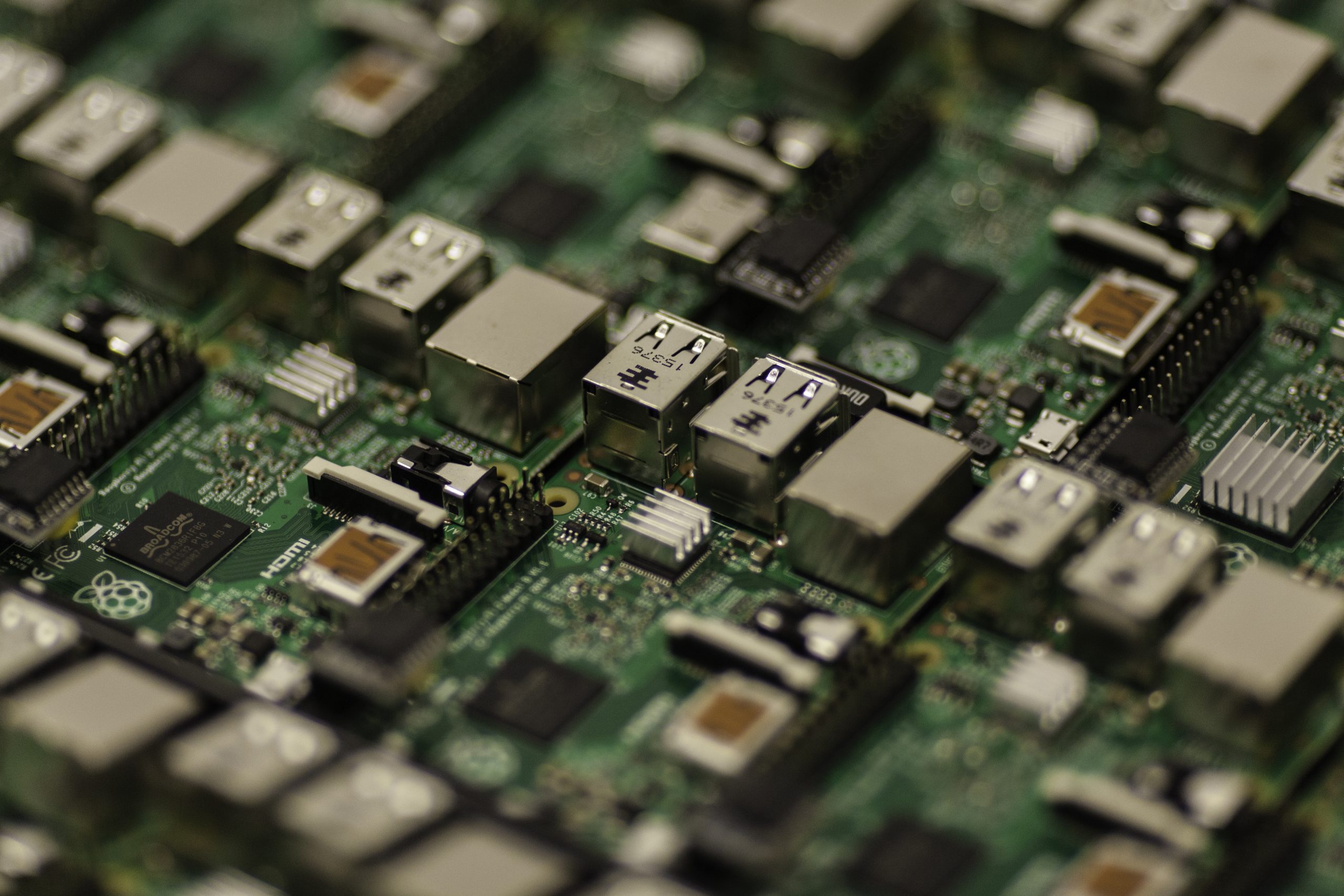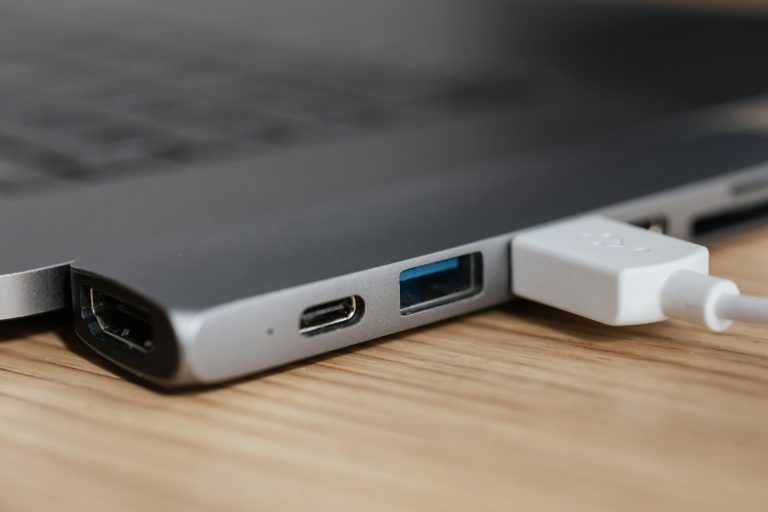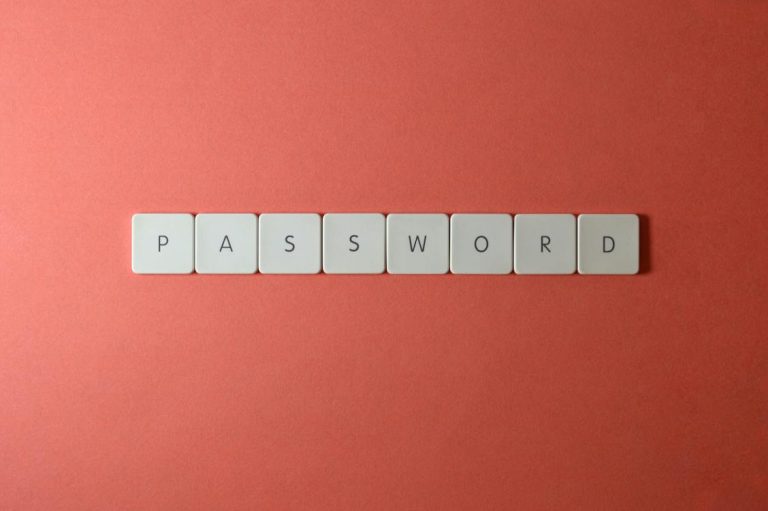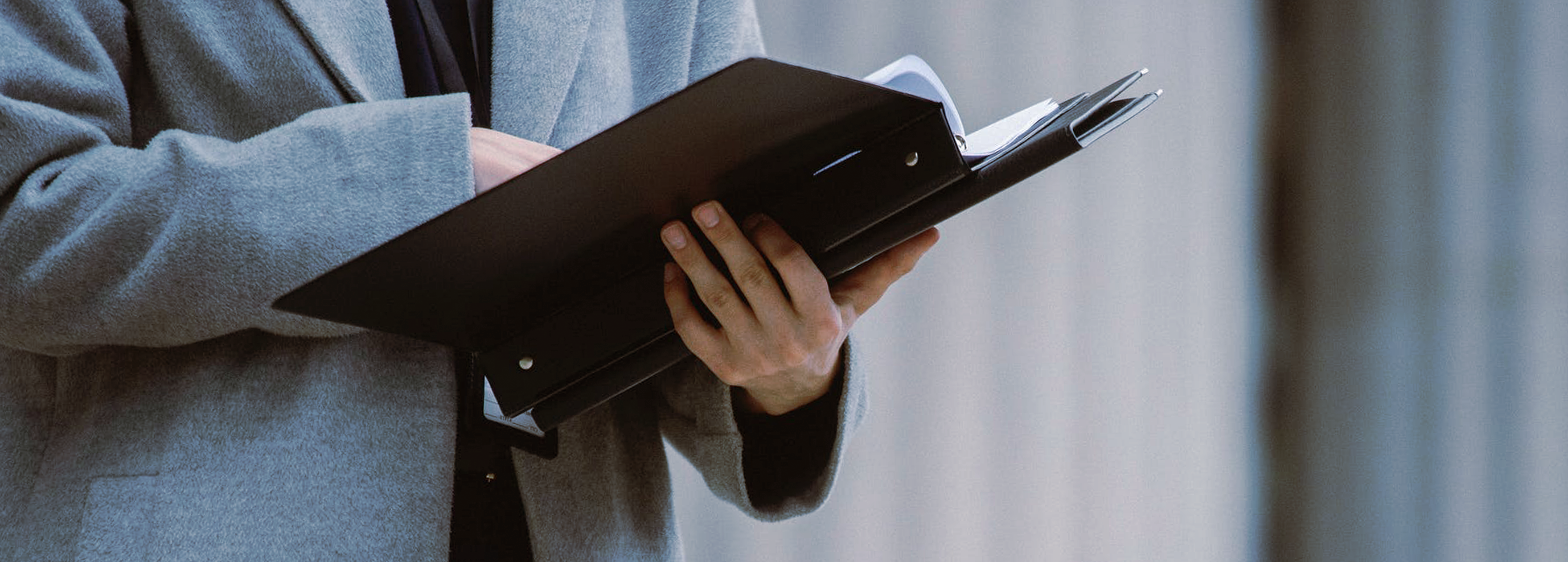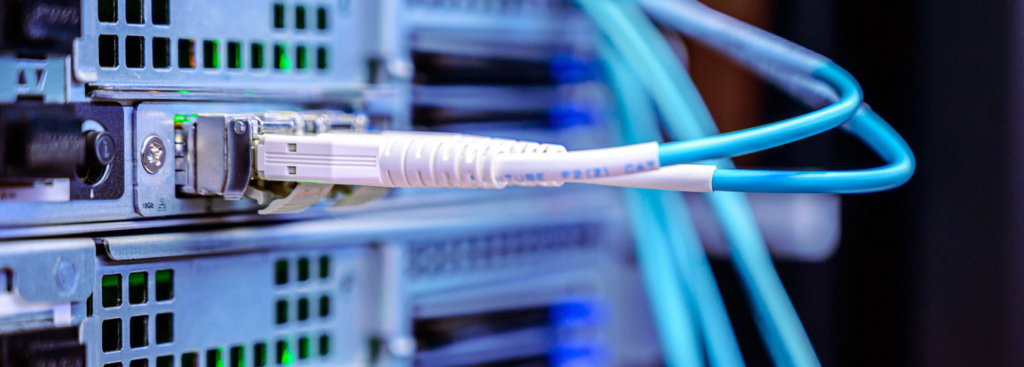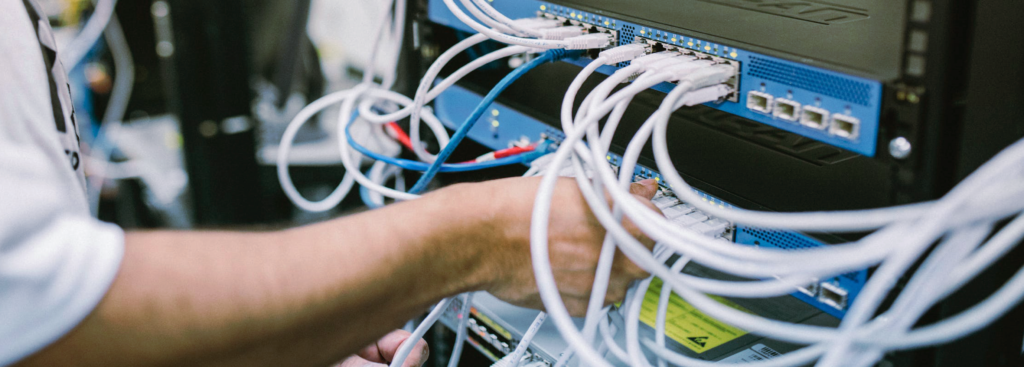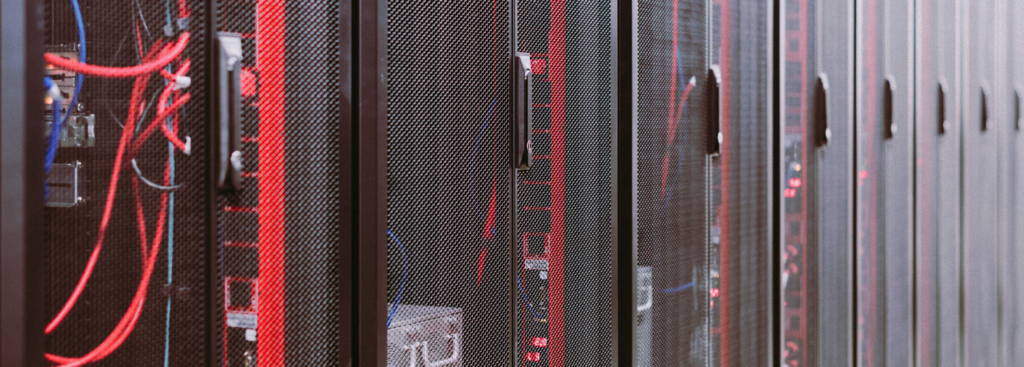Technology seems to show no signs of slowing down when it comes to advancements and innovations. Whether it be laptops, PCs, or Macs, there are a wide range of computer ports to keep track of and make use of.
While there has been a concerted effort by industry leaders to move in the direction of a multi-use cable, we’re not quite there yet. We’ve come up with a 12-point list to help you stay up to date on the latest and more traditional types of computer ports.
If you’d like to read more tech related articles, head over to our Tech blog page. Or to speak to a member of our team about PC ports and computer ports, please contact us now.
USB Type-A
This is the most common port found on all laptops and desktops. The near universal use of USB Type-A means you can easily connect a wide range of peripherals and devices straight to your computer, such as keyboards, mice, printers, microphones, external storage devices, and more. However, speeds when using this port can differ as USB-2.0 (slower) and USB-3.0 (faster) have different technological limitations.
USB Type-B
The USB Type-B connector isn’t a laptop or PC port, but it’s used on many printers, docking stations, and hubs. The wire is normally a USB Type-A to a USB Type-B, meaning you can plug one end into your computer and the other into an external device.
USB Type-C
Also known as USB-C, this version of the USB port is slimmer, faster and more versatile than the rest. It’s likely that you’ll only see this type of computer port in the future. This is as it’s already replacing USB Type-A, USB Type-B and microUSB on new computers.
However, there are a few variants of the Type-C PC port, with benefits including: 5-10 Gbps transfer speeds, USB power delivery (charge laptops), and sending out DisplayPort signals thanks to its “alt mode”.
USB 3
USB 3 computer ports look virtually identical to the older models and are backwards compatible. This means you can continue to use all your old USB 2 peripherals by connecting them to a USB 3 port. However, the main draw for USB 3 is the far faster transfer speeds of 5 Gbps which are ideal for external hard drives and solid state disks (SSDs).
Thunderbolt 3
Apple’s Thunderbolt 3 is the fastest connection you’ll find on the market for the general public. It can transfer data at lightning fast speeds of 40 Gbps and the port also doubles as a USB Type-C connection, making it even more versatile than it already is.
Notably, Thunderbolt 3 can also provide double the video bandwidth of any other cable on the market and supply up to 100W of power. This means that this single connection can power displays, transfer data extremely fast, daisy chain external devices, and provide a power connection.
3.5mm Audio Jack
As the smallest commercially used audio jack, the 3.5mm connection is used for all kinds of headphones and earbuds. While it’s rare to find a computer without a 3.5mm audio jack. It’s still worth double checking before you invest in something new.
Ethernet
Ethernet PC ports allow your computer to connect to your local network or router through a wired connection. With that being said, more and more laptops are ditching this type of computer port in favour of Wi-Fi connectivity. However, there are peripherals available that have inbuilt Ethernet ports; allowing you to connect to the internet through a wired connection.
microSD Card Reader
microSD cards are normally used in mobile phones and cameras because of their small size and high data capacity. A microSD card reader is a convenient option. But, many cameras and phones can also transfer data via a tethered USB connection too.
SD Card Reader
Like the microSD card reader, the SD card reader is used to transfer data from an SD card. These types of computer ports are very convenient and normally found on a lot of PCs and laptops.
HDMI
HDMI ports can carry video and audio signals through a single connection. But, your resolution will depend on the capability of your graphics card. Typically, HDMI ports will connect PCs and laptops to TVs, projectors and other types of external monitors.
DisplayPort / mini DisplayPort
DisplayPort is the most technologically advanced display connection available. Offering 4K resolution with 60 Hz from a single monitor or up to 3 monitors at full HD. Laptops and smaller computers normally use a mini DisplayPort connection or send their video signal through a USB Type-C port.
Digital Visual Interface (DVI)
You’ll only find a DVI connection on desktop PCs and it’s normally cheaper than the DisplayPort connection. However, it does come with limitations. Such as having a maximum output resolution of 1920×1200 and needing a second connection to support a 4K monitor.
If you’d like to learn how Saxons can equip your workplace with the right types of computer ports for the modern age, please contact a member of our team today.

